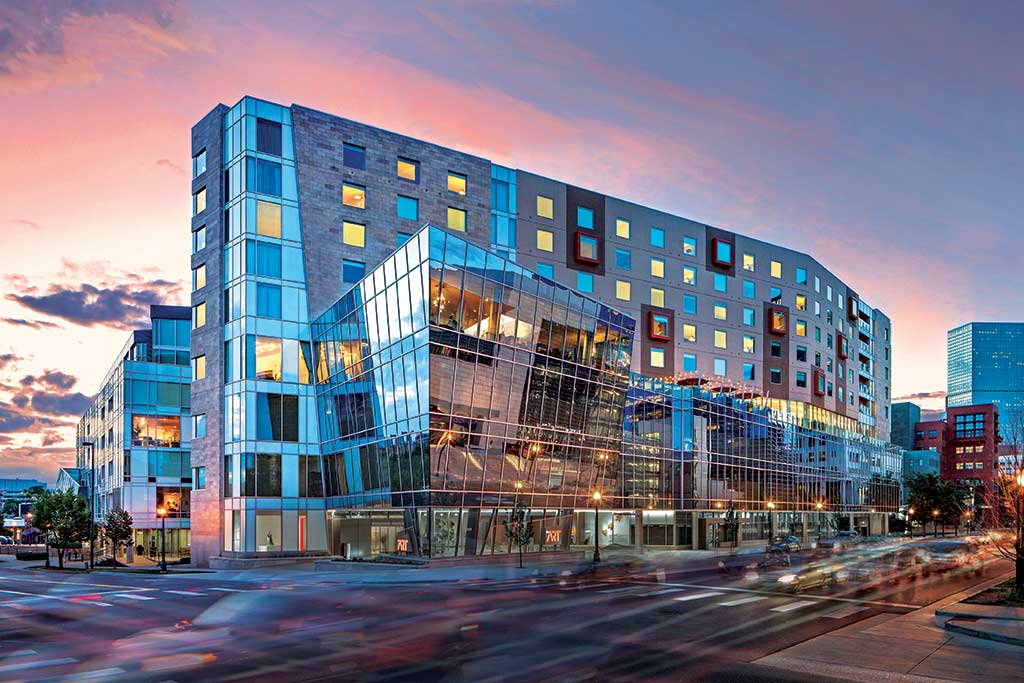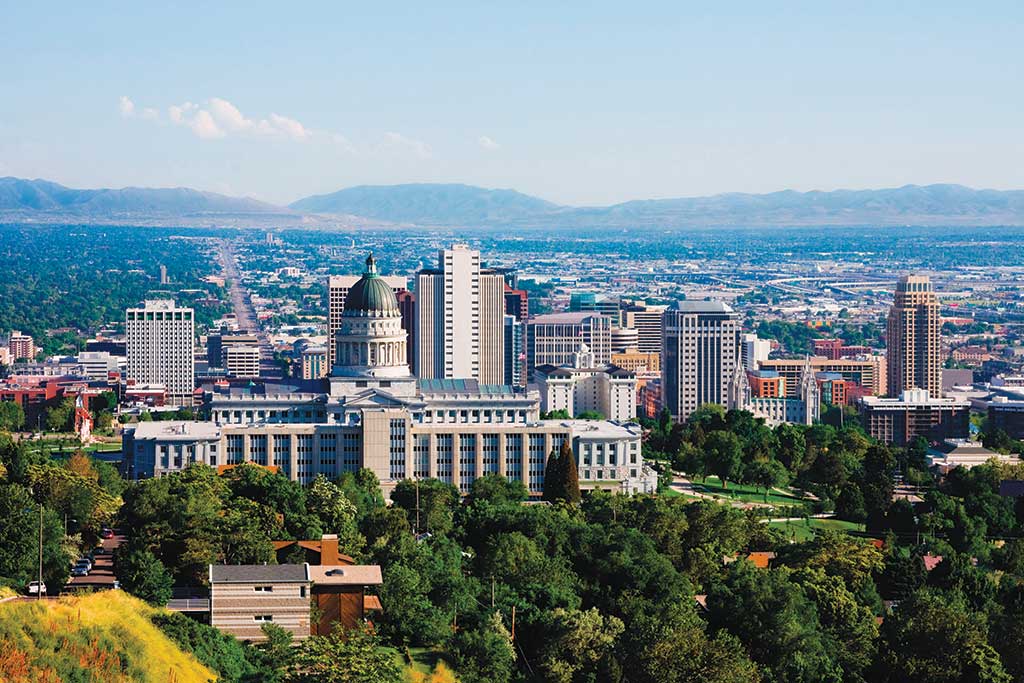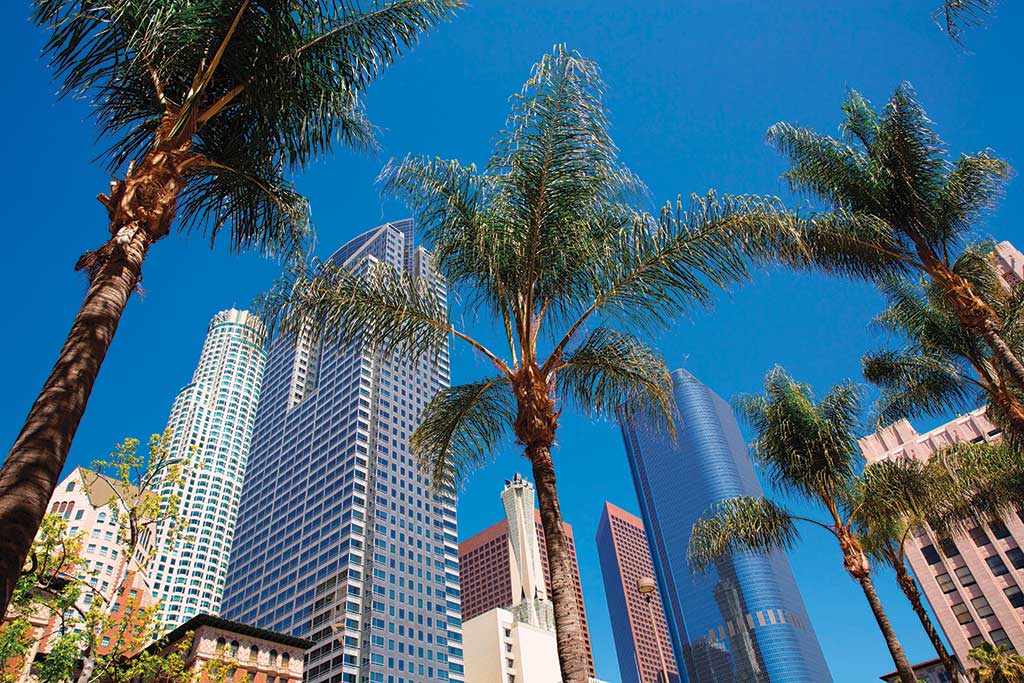In the mid-1970s, the Chelsea neighborhood in Manhattan was considered one of the safest places in America for the LGBT community. It was home to a handful of gay bars like The Eagle and The Spike, as well as one of the first known gay dance clubs, Seventeenth Saloon, where an eclectic range of gay men mingled. Rent was considerably cheaper than the popular, next-door neighborhood of the West Village, and gay-owned shops eventually opened along Eighth Avenue. Chelsea became a wonderful bubble for the gay community, and no one could pop it. You could eat, party, cruise and live here; there was no reason to leave this cozy utopia. Through the decades, gay bars continued to open, like Splash, Barracuda, and G Lounge, and modern, gay-owned boutiques like Malin + Goetz started replacing ubiquitous sex shops. No other neighborhood was more gay-approved, though Chelsea’s strength became its weakness: the neighborhood was getting crowded, commercialized, and too expensive for longtime residents.

Denver
When nobody thought Chelsea could be out-gayed, gay men and women started heading north where they essentially founded Hell’s Kitchen at the turn of the 21st century. Hell’s Kitchen was rough around the edges, but comparatively cheaper and already settled by a small community of gay artists, dancers, and performers considering its close proximity to the Theater District. Two relatively unknown gay bars were slinging cocktails and blasting show tunes and, soon enough, the under-the-radar Hell’s Kitchen somewhat rivaled Chelsea, boasting more than a dozen gay bar openings within the past 15 years, and becoming home to a thriving LGBT community. Hell’s Kitchen became the new Chelsea, though it too fell victim to gay gentrification where rents often doubled, corporations set up shop, and many residents could no longer afford it. But this doesn’t come as a surprise. Gay gentrification is a double-edge sword, and it’s all too common when the gays find a new neighborhood to flip.
According to Amin Ghaziani, author of the book There Goes the Gayborhood?, LGBT residents boost property prices. “We know that areas that have large concentrations of gays and lesbians increase in housing prices compared to the US national average,” he told the Guardian. “In areas where male same-sex households comprise more than 1% of the population (a level three times the US average), we see about a 14% increase of the price. In areas with a comparable level of female same-sex households, we see a 16.5% increase.” In NYC, many people leave Hell’s Kitchen and Chelsea to explore the new frontier of ungentrifed New York City. Nobody knows what the next big gay neighborhood will be; that’s how gentrification works. But all it really takes is cheap rent, the opening of one gay-owned business, and a vision to make the neighborhood flourish with rainbow colors.
Like Chelsea and Hell’s Kitchen, many distinctive neighborhoods across America have served as a bastion for gay men and women, providing a safe space and forward-thinking community since the modern gay movement began. The Castro in San Francisco, West Hollywood in Los Angeles, the French Quarter in New Orleans, Midtown Atlanta, and the South End of Boston are nationally known, trendsetting, and predominately gay neighborhoods that celebrate gay culture and lifestyle. They’re chockfull of gay-owned businesses and exciting nightlife. For decades, these neighborhoods have served as exemplary models for residents and travelers alike, and they’ll always be legendary pioneers in the gayborhood movement.
As the world turns, other neighborhoods grow with gay pride, fueled by progressive men and women seeking affordable rent, bigger spaces, a sense of community, and overall convenience, both for living and business. Soon enough, there’s an entire migration with the LGBT dweller in mind. And while residents may experience the inevitable double-edge sword of gay gentrification (a natural process that can take decades), it’s almost a blessing in disguise. They find new neighborhoods to move in to, spreading gay culture outside of particular bubbles, and helping the growth of the gay community across the city. These emerging neighborhoods also give gay travelers plenty more to explore when visiting their favorite cities, and there’s nothing more exciting than immersing in the next great gay neighborhood when it’s coming into its own.
We traveled the country to find the most exciting, emerging neighborhoods that are on the brink of national gay fame thanks to an influx of LGBT residents and businesses, outstanding quality of life, and, most importantly, a welcoming community. From Los Angeles to New Orleans, these dynamic cities are home to flourishing gayborhoods that are rapidly growing, and they are destined to become perennial favorites for decades to come.

the ART, a hotel (Denver)
River North
Denver, Colorado
Denver has always been ahead of the gay curve. The Mile High City hosted one of the first pride parades in the USA, gay organizations (like The Colorado Gay Rodeo Association) were thriving in the early 80s, it was one of the first municipalities to adopt an anti-discrimination policy in 1990, and PrideFest ranks as one of the largest gay pride week- ends in America with more than 350,000 people celebrating. The gay scene is flourishing, and most gay locals make Capitol Hill the neighborhood to live, work, and play.
Today, the gays are quietly migrating north to the burgeoning River North (RiNo) Art District neighborhoods, the hottest new area in Denver with recently erected condos and lofts, sprawling parks, trendy new businesses, and art galleries mixed with historic warehouses and factories. With diverse communities, art culture, exciting public events, affordable housing, and convenient accessibility to the entire city, River North has truly blossomed into an exceptional neighborhood, and it’s really just now getting started.
Openly gay visual artist Tracy Weil moved his live/work gallery-studio to River North in 2000. Noticing the neighborhood’s potential in growth, he became one of the co-founders of the River North Art District to help it thrive. “The area is rapidly changing, but really for the better,” he says. “This neighborhood was once a food desert and Denver’s most polluted zip code. We are a neighborhood that is empowered to drive our own change in some respect. We have worked hard to utilize tools like being a registered neighborhood organization and starting a business improvement district to gather funding that we have control over. To uplift our community we focus dollars where we as a collective would like to see improvements. This includes keeping artists and creatives in the neighborhood, creating a better pedestrian and bike experience, and connecting both the east and west sides of the district.”
Laying the groundwork for a gay-friendly footprint was Tracks, the premier gay nightclub in Denver that been here for almost 20 years. Tracks was in RiNo before RiNo was even on the map, and the club is known for its themed nights including Babes Around Denver, an after-hours social group for gay women. Tracks is also a go-to for heterosexual couples thanks to its fun vibes and welcome attitude. Due to Track’s success and the gentrification of the neighborhood, other gay establishments are moving in. The Wrangler, a popular gay watering hole, moved to River North last fall (2016). Now in a bigger, 13,000-square-foot space (a former church), The Wrangler has become more than a bear bar; it’s now a staple to RiNo.
River North is flourishing with plenty of new businesses and attractions that appeal to the gay traveler. The Source, a recently opened artisanal food market in a landmark 1880’s building, has become a premier dining destination thanks to nearly a dozen, contemporary eclectic eats, including Acorn, the sister restaurant of Denver’s award-winning Oak at Fourteenth. Furthering Denver’s commitment to sustainability and healthy lifestyle, Denver Central Market opened last September provides fresh produce and groceries in a beautifully restored building. Not even a year old, it’s being hailed as one of the best food halls in America.
A new boutique hotel is slated to open next year, touting a buzzing lobby bar, Death & Co Denver (a sister location for NYC’s top-rated cocktail bar, which is expanding for the first time ever). Planned developments and projects also include new shopping streets in addition to the new breweries, restaurants, retail, design stores, and galleries that have already opened.
Stay at the ART, a hotel, a 165-room boutique hotel that opened in April 2015 and is next door to the Denver Art Museum. The innovative, 165-room property features a world-class art collection and stunning design features. Each guestroom floor is inspired by an individual artist whose original artwork is translated throughout each room and suite.

Salt Lake City
The Marmalade
Salt Lake City, Utah
When you think of thriving gay populations in the United States, Salt Lake City may not immediately come to mind. In fact, it may be the last city you think of. Utah has notoriously been identified with anti-gay movements. It’s a state where the color red runs deep, particularly due to a strong conservative stance and generations of Mormon communities that have strong influence. The state is also the world headquarters of the Church of Jesus Christ of Latter-day Saints, which has been very active in demonstrating its anti-gay beliefs on the community.
But major gay milestones were happening when we weren’t paying attention. Same-sex marriage was legalized in October 2014, almost a year before it was recognized by the US Supreme Court in June 2015. In March 2015, Utah passed a comprehensive anti-discrimination law that protects LGBT individuals in employment or housing based on sexual orientation or gender identity. Openly gay Utah State Senator Jim Dabakis, who co-founded the Utah Pride Center and Equality Utah, was appointed to office in December 2012, and Jackie Biskupsi was sworn in as Salt Lake City’s first openly gay mayor in January 2016.
With 4.7 percent of Salt Lake City’s population identifying as gay, the state capital is among the top ten gayest cities in America (according to a Gallup poll in 2015), and it’s only growing. While The Marmalade has been the anchor of the gay community (like Chelsea in NYC and West Hollywood in Los Angeles), it is quite young and still blooming. In other words, The Marmalade is only getting gayer.
On The Marlamade’s initial “gay-trification,” locals would point their finger to Club JAM, a gay bar that opened in 2007 and first planted LGBT roots in the neighborhood, “When Club JAM opened in 2007, it was the first domino that got things moving in the Marmalade neighborhood,” says club owner and young entrepreneur Jason Olsen. “It was a big risk opening here; the area was run down and very transient with lots of vacant homes. But the tell-tale sign of old, historic homes getting bought up and rehabed by gay investors and realtors helped it gentrify. Once this starts, the neighborhood is bound to continue gentrifying.”
Jason, who moved to Salt Lake City in 2004 and bought the club from original owners in 2013, knew the neighborhood would simply flourish. The Marlamade is close to other gay hot spots, rent is cheap, there is easy access to major freeways and roads, and it’s conveniently located near downtown, where visitors can stay at gay-friendly hotels like Kimpton Hotel Monaco Salt Lake City, which is close to the hood. There was no doubt the gay community would start moving in, and the neighborhood has since prospered.
“The under-30 population is big here,” Jason says. “Salt Lake City as a whole is a very young city compared to other areas around the country. Last I read, our average was around 31 years old compared with a nation- al average around 37 years old. We have lots of outdoor activities in both summer and winter, which leaves us with plenty to do all year long.”
According to Jason, The Marmalade is developing fast, and it seems like everyone is actively involved one way or another. “Laziz, our hippest new restaurant, was opened in the fall 2016. It’s owned by a gay couple, one of whom is our city council member Derek Kitchen. He and his partner Moudi were also plaintiff’s in Kitchen v. Herbert, which was the lawsuit that made gay marriage legal in Utah.” Nothing is stopping The Marmalade (or Salt Lake City) from its dramatic growth, even in a Mormon dominated state. It feels like the old city is finally coming of age.
The neighborhood continues to transform with new real estate and a number of new businesses, including the Marmalade Library, a cool, architecturally commanding building that opened in 2016. Salt Lake Acting Company (SLAC), a local, off-beat theater company housed in an old Mormon church, produces several shows throughout the year, which are a must when visiting The Marlamade. Naturally, during Sundance Film Festival, many gay travelers stop in Salt Lake City to explore the neighbor- hood. In June, visitors flock here to take part in The Utah Pride Festival, which sees close to 50,000 visitors and is the state’s largest parade.


